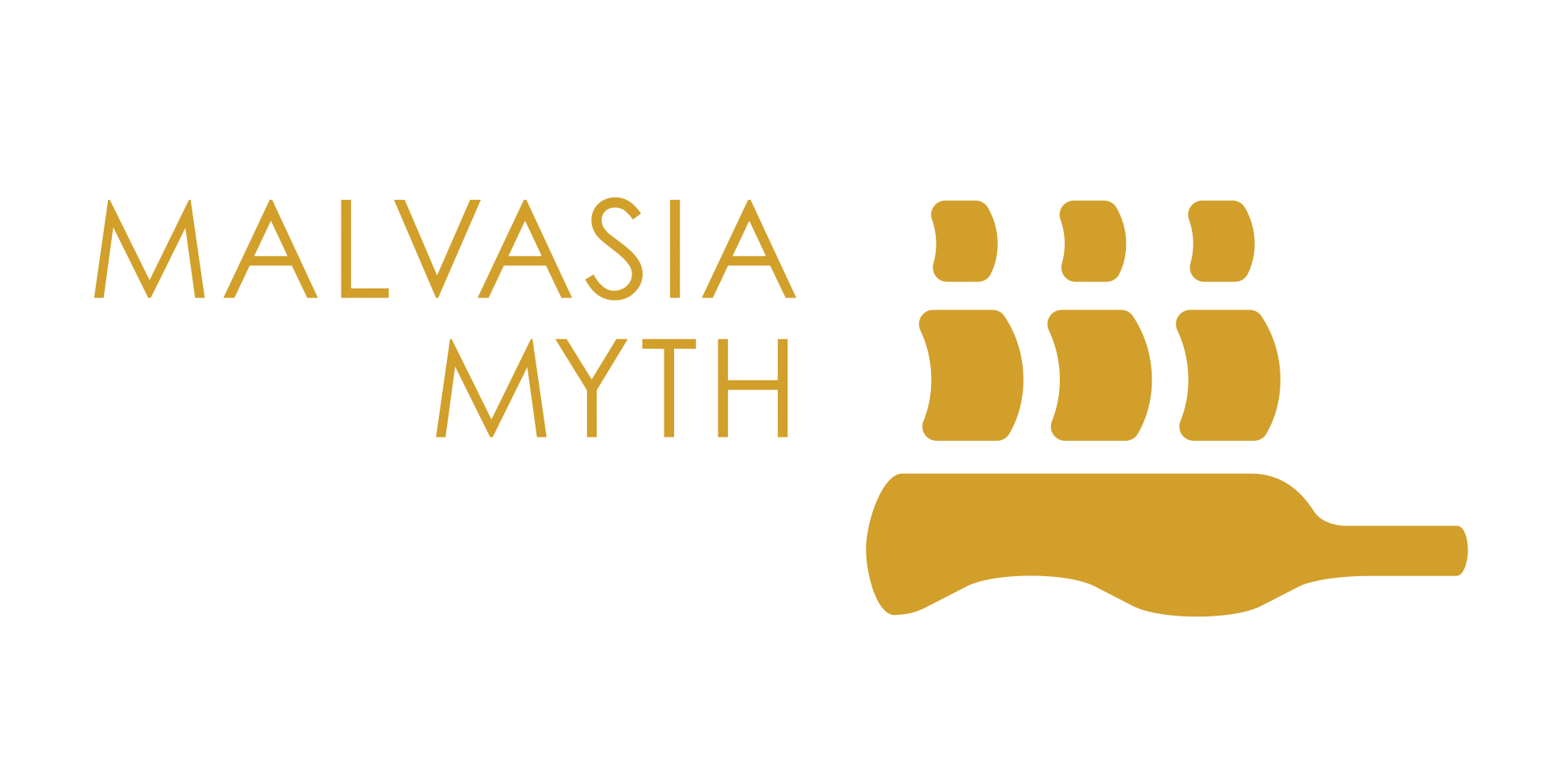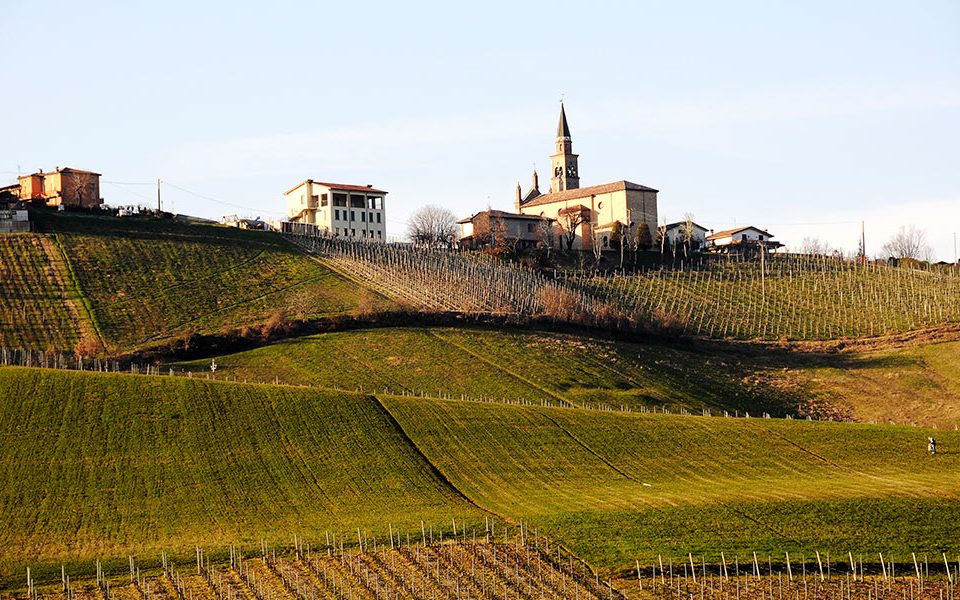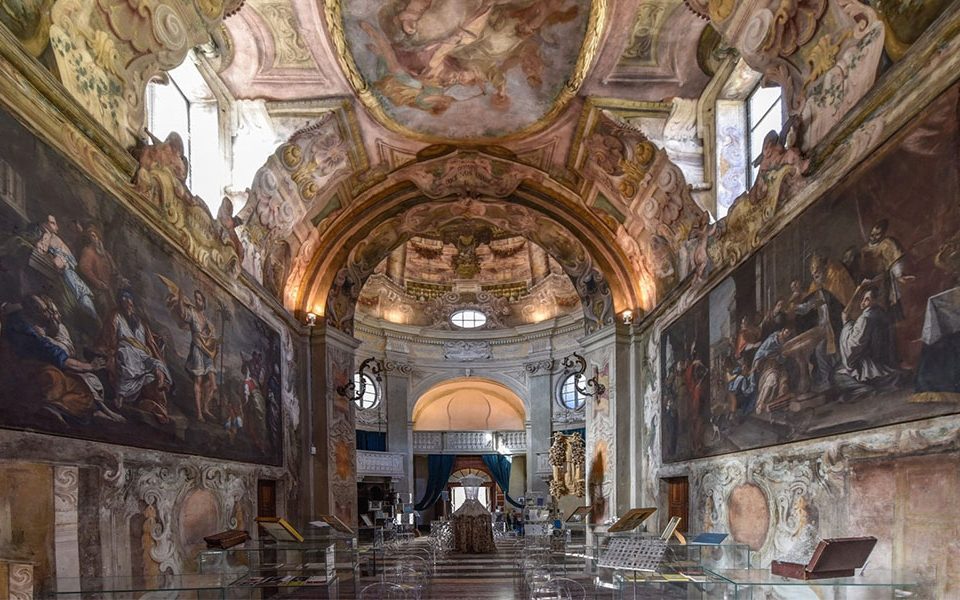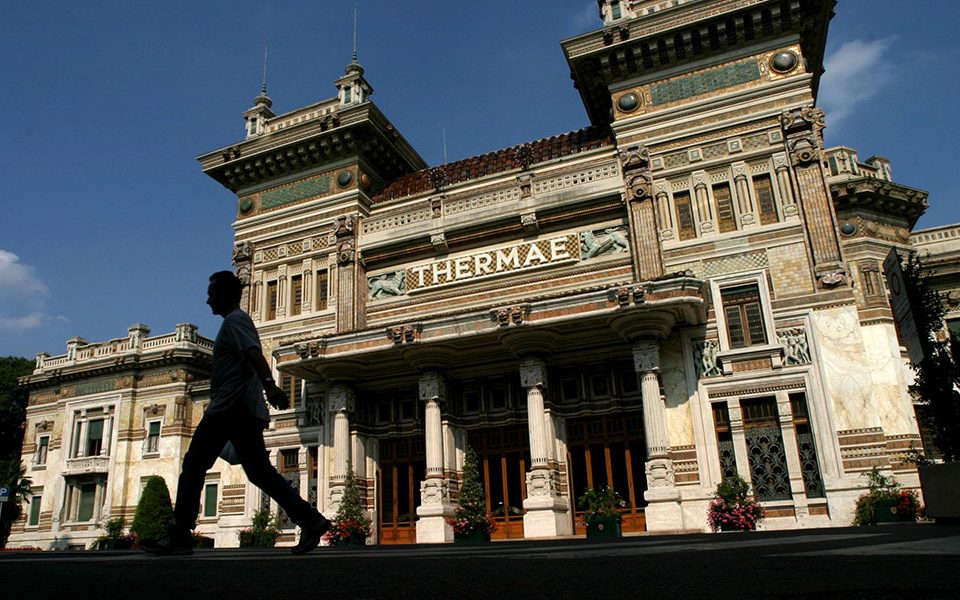Val d’Arda, Val Nure, Val Trebbia and Val Tidone
Rich and versatile Malvasia
Piacenza, Italy
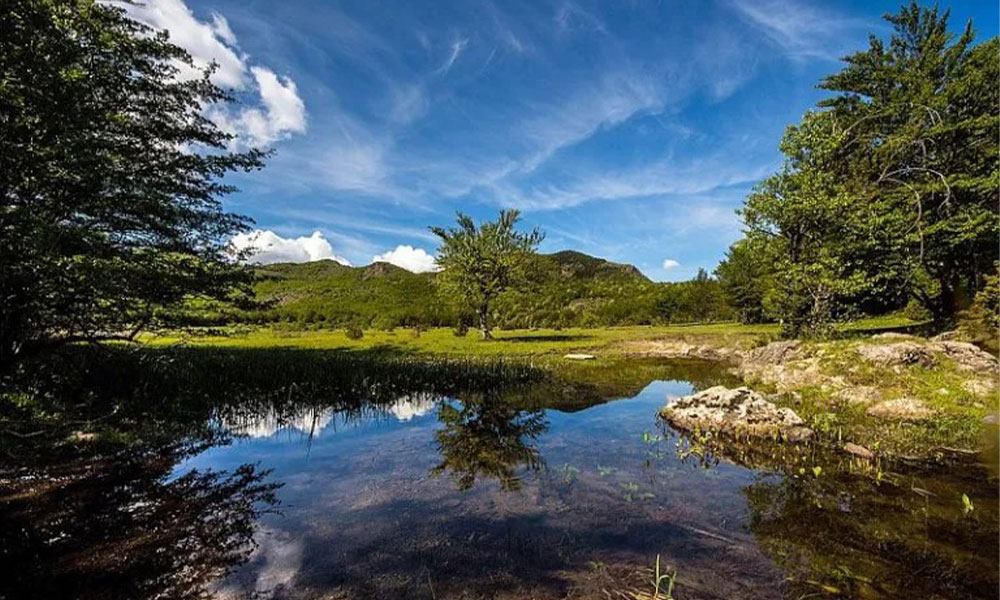
Explore the second part of the route
Val d’Arda, Val Nure, Val Trebbia and Val Tidone: “Rich and versatile Malvasia”
1.
We can quickly reach the Nure Valley, arriving at Ponte dell'Olio, home to the San Bono, Bignami and Salini di Groppallo cellars and salami factories. Among the cellars we must mention the Perinelli, where a XVII century press of the same dimensions as those prescribed by Cato is still installed and where a social cooperative, Marengoni, operates, but above all the Baraccone, a cellar located on a 300-metre hill whose name recalls the typicality of the Carro di Tespi (chariot of Tespi), which it was used to bring theatrical entertainment and puppets to the people of the area (Andreana Burgazzi will let you taste the delicate still Malvasia Parelio).
2.
In the location of Castione you can still visit the XIV century tower of the castle that belonged to the Anguissola and Salvatico families and the church of San Giovanni Battista, completely decorated with perspective frescoes from 1735, with a chapel of the Madonna del Rosario of high artistic quality and with a very elegant sacristy.
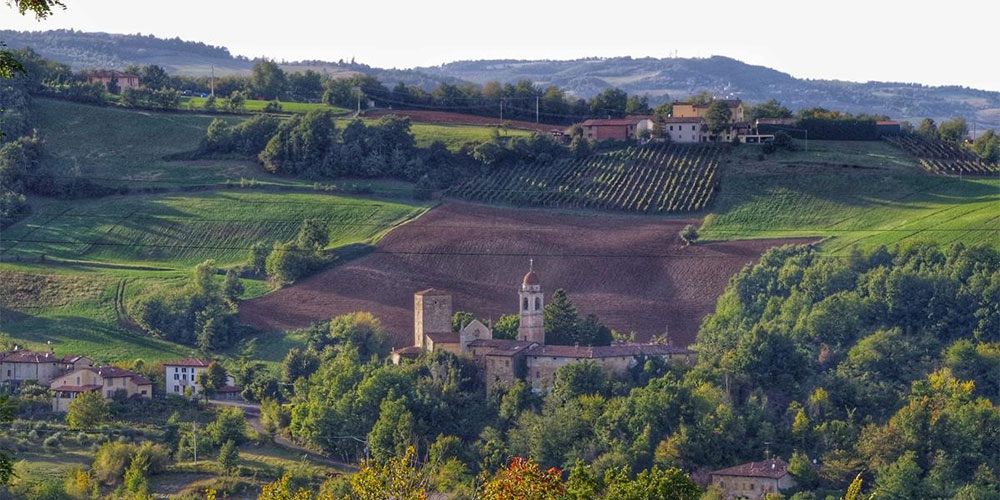
3.
In the Valnura area there are several wineries that deserve a stop, starting with the already mentioned La Tosa company which also houses a very important Wine Museum, enriched by valuable XVII-XVIII century collections of documents on the estates planted with vines, and by the library on ampelography.
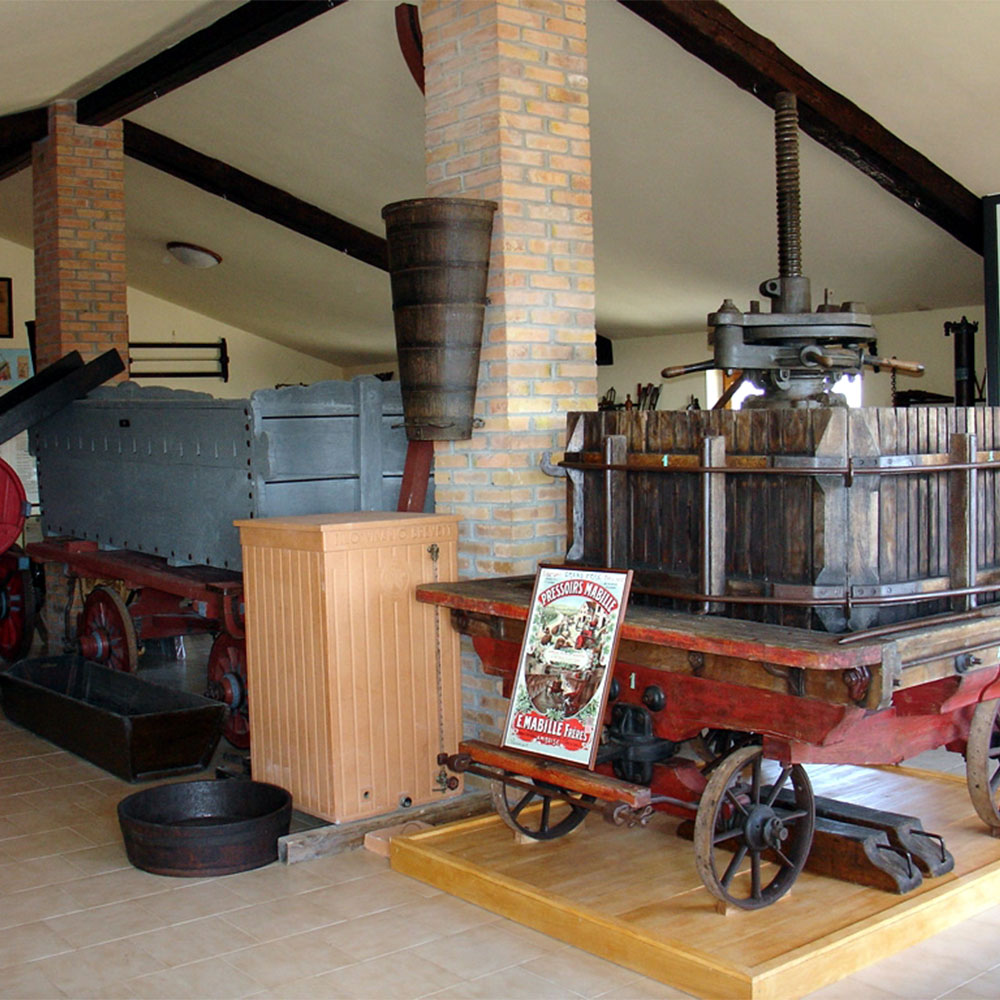
Among the most important wineries in the area, ROMAGNOLI in Villò must certainly be mentioned, with products of excellence such as Caravaggio Bianco. In the AZIENDA AGICOLA L'UCCELLAIA in Albarola the winemaker Chicca Baroni Nicoletti will let you taste an ancestral version of Malvasia called Lalalà.
But if you have to look to the past with respect and devotion, your thoughts can only go to the extraordinary historical heritage of the AZIENDA VITIVINICOLA BARATTIERI for what must be considered without any doubt the doyen of wines based on aromatic Malvasia di Candia, and that is Vinsanto di Albarola. The selected bunches are placed on racks and rest in natural ventilation for 60/70 days. During the Christmas period pressing in the manual press takes place, and after a passage in the steel tank a long wait begins: placed in the “caratelli” vats (some from the XIX century) the long fermentation and refinement process begins thanks to the Mother, established in 1823, which increases its structure and character from year to year. After 10 years the wine is bottled, and 2 more years of bottle aging are required. It is no coincidence that we are talking about one of the best known and most appreciated wines from Piacenza in Italy.
4.
Returning to Ponte dell'Olio you can admire the suggestive castle of Riva, founded by the Anguissolas, who in that section diverted the course of the Nure river to create the Rivo San Giorgio, which fed eleven mills and which irrigated the land and reached San Giorgio, presided over by another of their imposing and very well preserved Scotti castle, today the town hall.
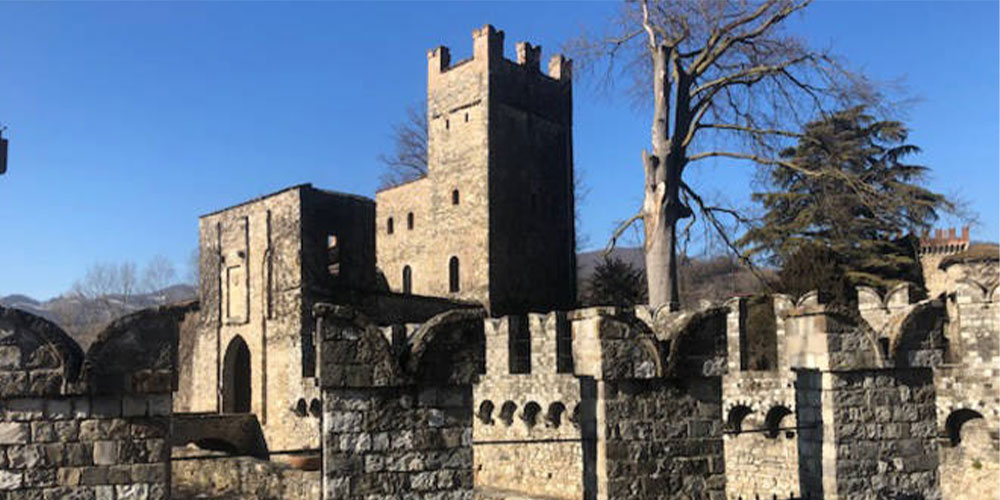
We then descend towards Bagnolo and descend into the small Val Trebbiola, where the AZIENDA VINICOLA LA STOPPA is located, immersed in pristine nature. With Elena Pantaleoni we return to natural wines and Malvasias obtained with maceration on the skins, first of all Ageno, the flagship product of La Stoppa, inserted in the menu of important starred restaurants in Italy and around the world. But also to the Vigna del Volta passito wine and the wonderful Buca delle Canne moldy wine.
5.
We then reach the wide and more famous Val Trebbia, Rivergaro, which is characterized by the ancient church of Sant'Agata, the neoclassical Villa Anguissola and the park along the Trebbia. Other important wineries in this location are: IL POGGIARELLO VINI of Statto [taste La Malvagia]; CANTINE BONELLI IL POGGIO by Andrea Cervini.
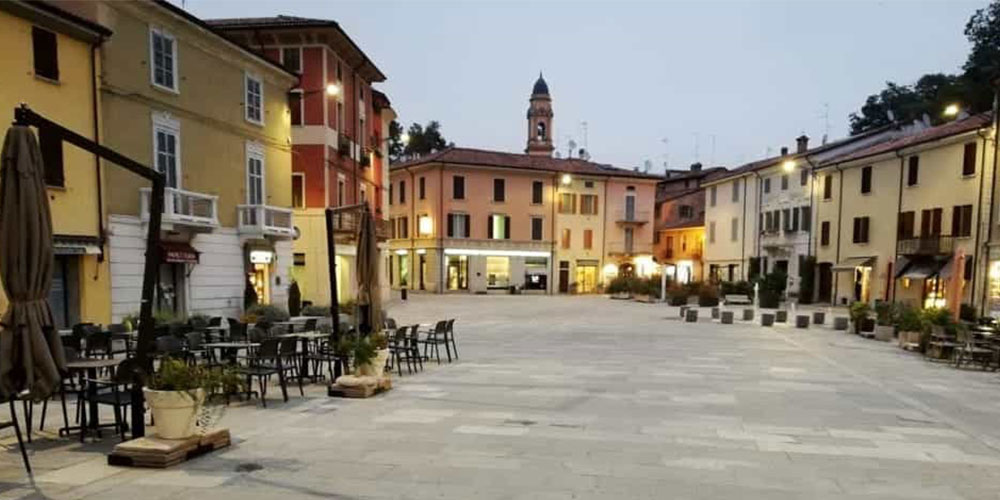
5.
Nearby Travo is a place of considerable historical and cultural interest for the church of Sant'Antonino, the mighty Anguissola castle with the Archaeological Museum, the Neolithic park, the small church of Santa Maria, which stands where up to the II century the temple of Minerva Medica was located, a very popular sanctuary for its healing waters, whose testimonies of miracles are found on epigraphs preserved in the Palazzo Farnese Museums in Piacenza.
Two beautiful realities in the area are the AZIENDA VITIVINICOLA TENUTA BORRI WINE in Pillori and the AZIENDA AGRICOLA DENAVOLO οn the homonymous mountain, which was an important settlement in the Iron Age.
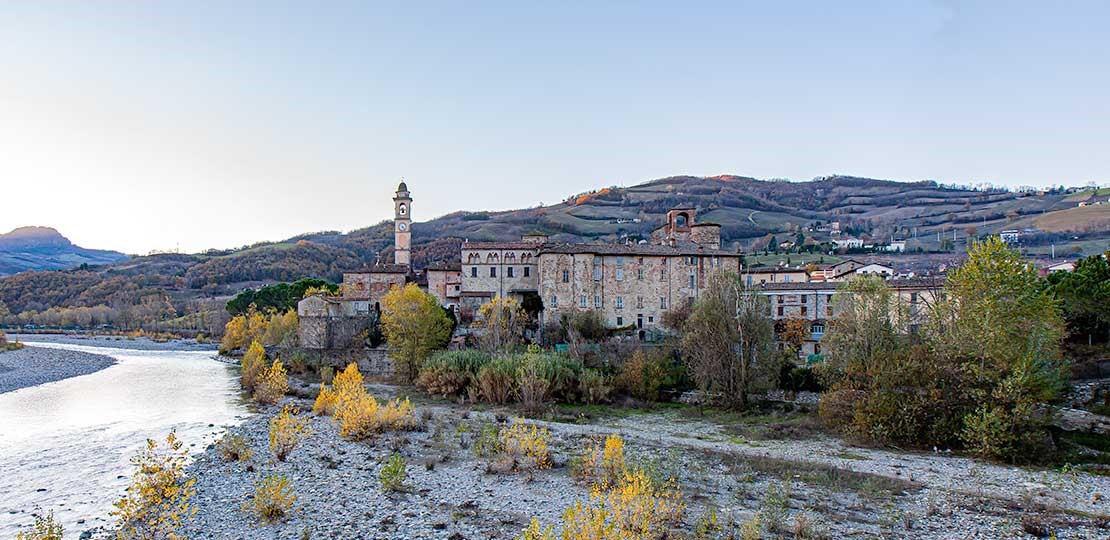
6.
From Rivergaro you can cross the Trebbia and admire the four-towered XIV century castle of Statto, the grandiose XVIII century villa of Croara and the magnificent Castle of Rivalta of the Zanardi Landi, with a Renaissance layout, home to a museum of weapons and period costumes and with perfectly preserved interiors from the XVIII century (living rooms, ceramics for the table and kitchen equipped with copper pans).
7.
From Rivalta you can reach Val Luretta, the richest in groupings of castles: Lisignano with a moat, Momeliano, Rezzanello, Monticello, the Agazzano fortress with a large aggregate XVIII century palace, Boffalora, Castagno.
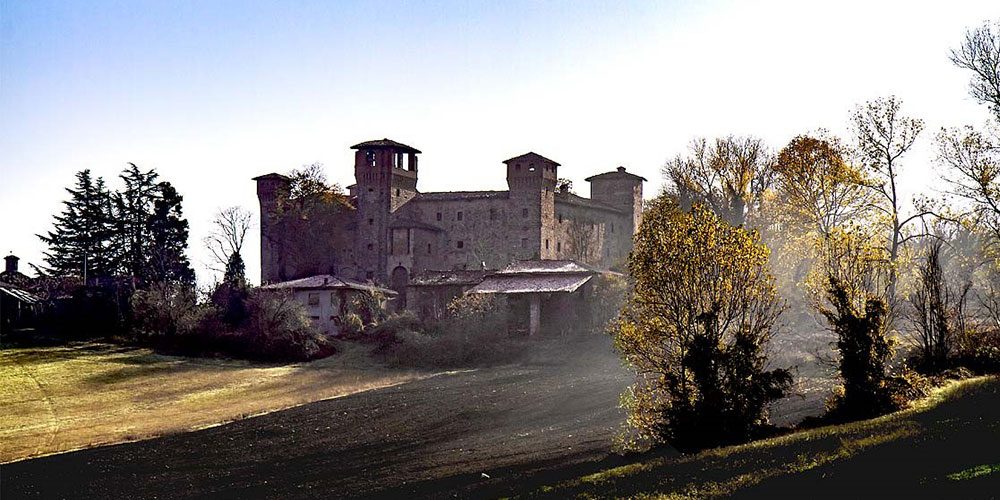
Here, the LURETTA winery of Momeliano is worth a visit, which has its barrel room in the cellars of the castle and offers one of the most interesting readings of our vine with the still Bocca di Rosa (rose mouth) wine.
From the Val Luretta road, which runs along the entire hilly area and offers a breathtaking view of the plain and with a clear sky even of the Alps, you reach Val Tidone, the most powerful wine growing center in the Piacenza area.
8.
Borgonovo, dominated by the fortress of the Santa Fiora-Pallavicino family, is the main city of the valley bottom and has an impressive social wine cellar, the CANTINA VALTIDONE, which has perhaps recovered its fame from the presence of the XVII century Farnesian ducal cellar, where the best grapes destined to the Court were harvested and displayed. Going up, we cross Castelnuovo, where the castle that belonged to the Dal Pozzo Farnese family is located, and where the TENUTA PERNICE estate is located.
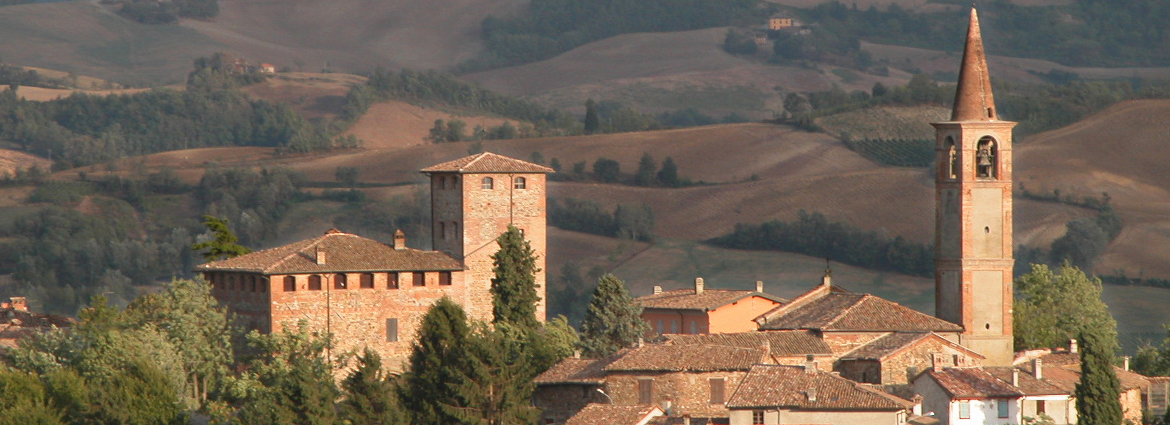
9.
Continuing towards Pianello you find yourself in an intensely cultivated triangle characterized by a landscape of gentle hills and small towns scattered everywhere: Ziano, Albareto, Vicobarone, Montalbo with its majestic Scotti castle, to reach Genepreto.
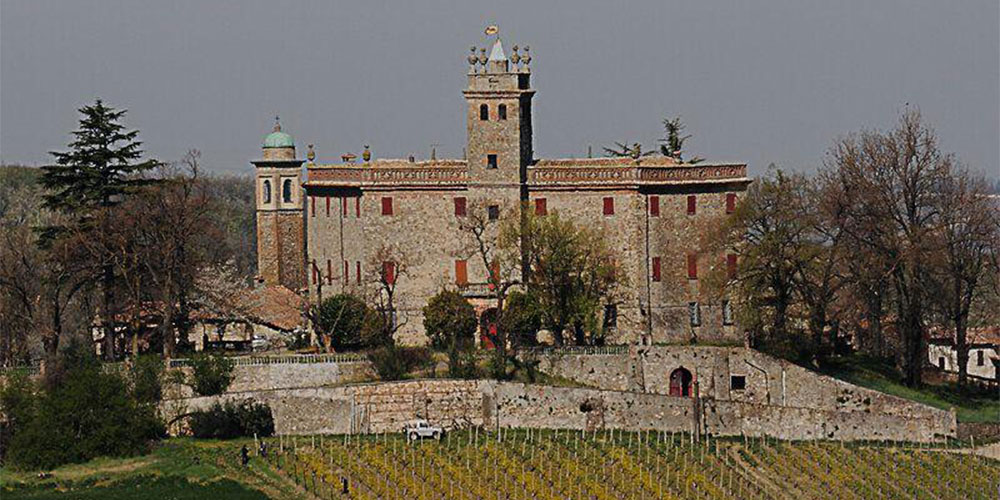
In this area, going to the cellars means having an wide variety of choice, as the city dweller of Milan passionate about wine who have always visited as tourists the Val Tidone well know. Staying in theme with aromatic Malvasia di Candia, here are some valuable references for those looking for wine tasting.
AZIENDA VITIVINICOLA LUSENTI of Vicobarone with the tasting of Emiliana, a bright sparkling Malvasia refermented in the bottle.
AZIENDA VITIVINCOLA PODERE GAIASCHI in Genepreto with the Oro Dolce (sweet gold) sparkling wine.
AZIENDA AGRICOLA GUALDORA of Montalbo with Blancas.
LA FERRAIA of Vicomarino the still Acino d'Oro (golden grape) should be tasted as well as the sparkling Malvasia.
AZIENDA AGRICOLA SANTA GIUSTINA
SOLENGHI VINI at Battibò di Corano, where you will find Gaetano and Nicola ready to let you taste the precious Danza del Sole (dance of the sun) passito
AZIENDE VITIVINICOOLE MOSSI established and attested since 1558 in Albareto: try the still Baciamano (kiss of tha hand) aged in amphora.
AZIENDA VBITIVINICOLA IL NEGRESE in Ziano, with the award-winning Passito.
CANTINA SOCIALE DI VICOBARONE: Theta.
VITIVINICOLA VALLA of Ziano, ask for the still 21.01 and the passito Al Pasì.
CANTINA GAIASCHI TERENZIO: Sulana
AZIENDA VITIVINICOLA TORRE FORNELLO di Ziano with two surprising tastings that a re a must: the still Donna Luigia and the moldy UNA
AZIENDA VINICOLA CASTELLO DI LUZZANO between Ziano and Rovescala (Pv) with the story - to be discovered - of Leonardo da Vinci's Malvasia recently found in the garden of Palazzo Landi-Atellani in Milan
FRATELLI PIACENTINI of Ziano: Mira.
AZIENDA AGRICOLA ZERIOLI of Vicobarone: La Costa sparkling Malvasia.
